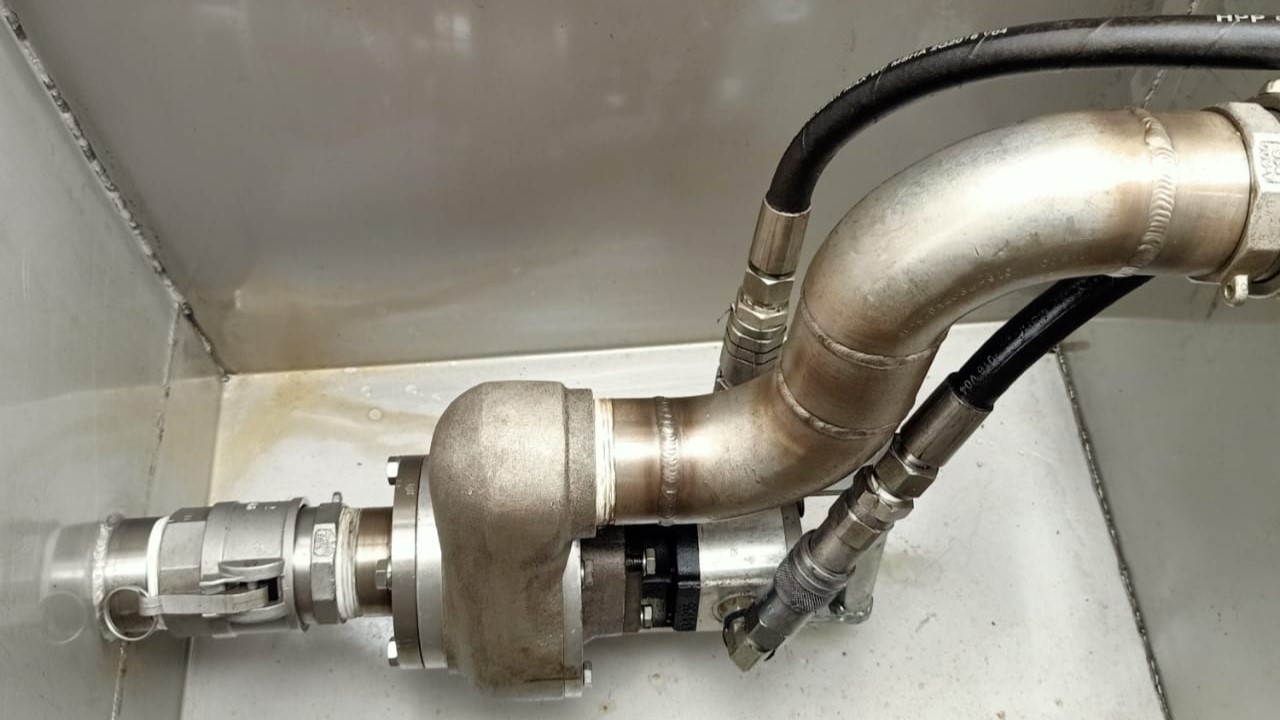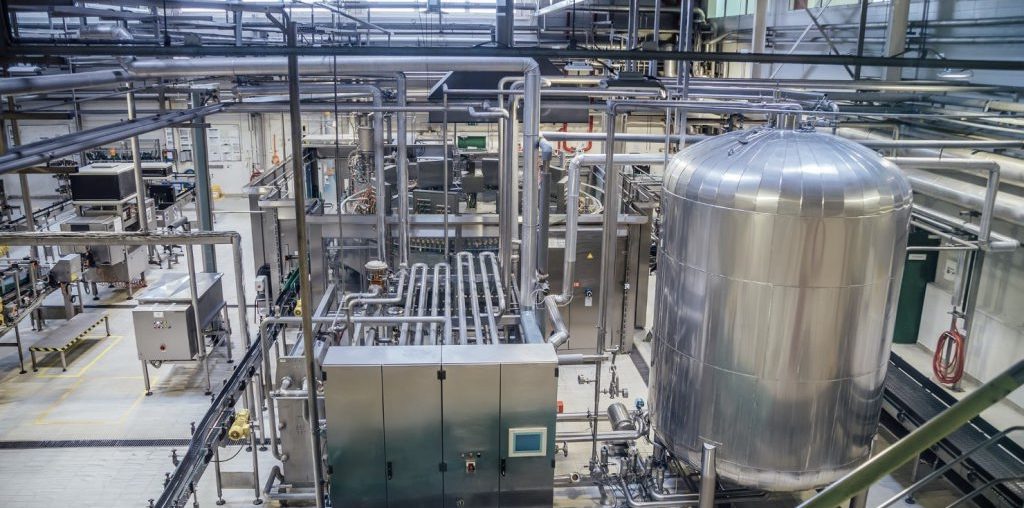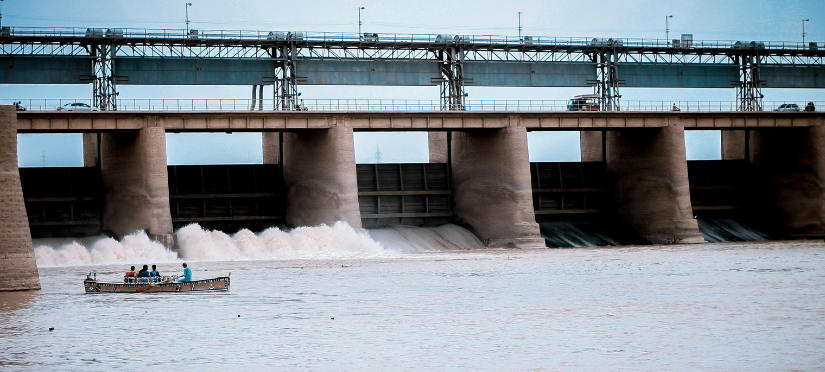Update Chrome Browser
Ultimate Guide To Centrifugal Pumps

The Centrifugal Pumps are used across industries for varied applications. The pumps are also used for domestic purposes; they are quintessential in moving fluids from one tank to another, or from one process to another. In this article, we will understand the working of centrifugal pump, their benefits, and application areas.
What is a Centrifugal Pump?
A centrifugal pump is a hydraulic device that uses the centrifugal force generated by the fluid to convert mechanical energy into hydraulic energy by use of centrifugal force acting on the fluid. The centrifugal pump uses rotation to enforce velocity on a liquid to generate flow.
The assembly centrifugal pump consists of a pump shaft, impeller, casing, a suction pipe, and a delivery pipe.
Centrifugal Pump Shaft
The shaft is the main component of the pump. It connects the rotor with the pump. The shaft is responsible for the rotation of the impeller.
Centrifugal pump impeller
The impeller comprises backward curved vanes, either open, semi-open, or closed vanes. On rotation, the backward-curved vanes provide a smooth path for water to flow, imparting velocity to the liquid.
Centrifugal Pump Casing
The pump casing is an airtight passage enclosing the impeller. The construction of the casing is such that the kinetic energy of the liquid is converted into pressure energy before the liquid enters the delivery pipe. There are three types of casting in centrifugal pumps, which are:
- 1. Volute casing: Volute casing is also known as spiral casing. In this type of casing, the impeller surrounds the casing. It provides a gradual increase in flow area, resulting in increased fluid pressure and a decrease in velocity.
- 2. Vortex casing: A circular chamber is inserted between the casing and the impeller. In this type of casing, the fluid has to pass through the vortex chamber, followed by the volute casing. Vortex casing has higher efficiency than the volute casing.
- 3. Casing with Guide Blades: As the name suggests, blades surround the impeller. The blades arrangement allows water from the impeller to enter the guide vane without shock and arrive at the delivery with increased pressure.
Suction Pipe: The suction pipe consists of two ends. One end into the fluid, and the other end is connected to the pump inlet. A strainer is installed at one end of the pipe to restrict foreign objects from entering the suction pipe.
Deliver Pipe: Similar to the suction pipe, the delivery pipe also has two ends, one connected to the pumps, and the other end delivers water to the desired height or head.
Working Principle of a Centrifugal Pump
The pump operations are based on the forced vortex flow principle or centrifugal force. The pump transfers rotational energy from the motor to the fluid in form of kinetic energy.
The fluid enters the pump through the centre of the impeller, which is equipped with backward curved vanes. The rotation of the impeller regenerates centrifugal force, which propels the fluid outward. As the fluid moves outward in all directions, to the edge of the impeller into the casing, it creates a region of low pressure, which pulls more water in through the suction pipe. The outward-moving fluid gains speed and pressure and is collected by the pump casing.
The casing serves as the axial entry point for the fluid, which gets captured in the impeller blades. As the impeller rotates, it imparts kinetic energy which gets converted to potential energy or pressure. More water follows behind, and flow develops. The volute channel diameter expands towards the outlet, causing the fluid velocity to decrease, resulting in increased pressure. The expanding channel, therefore, allows more fluid to keep joining, converting into pressure. Hence, the discharge pipe has higher pressure than the suction pipe. The high pressure at the outlet allows it to force fluid through pipes.
The centrifugal pumps are popular across industries for the several advantages they offer. Some of the key advantages are:
- 1. Reliable design and easy to operate
- 2. Capable of handling high flow rates
- 3. Low maintenance requirement, has few moving parts
- 4. Energy- efficient
The centrifugal pumps are used in a diverse range of domestic, commercial, and industrial sectors. Some of the common applications of these pumps are:
- • Food & beverage manufacturing
- • Chemical manufacturing
- • Oil & gas industrial operations
- • Cosmetic industry
- • Wastewater/sewage treatment
- • Water supply for residential use
- • Fire protection systems
- • Irrigation
Centrifugal pumps are preferred across industries as they are efficient, easy to operate, and require low maintenance. These pumps can be custom-built to suit your specific requirements.
Frequently Asked Questions
Q.1 What are the primary applications of hydrocyclone separators?
A. Hydrocyclone separators are primarily used for separating solids from liquids in various industries such as mining, oil and gas, wastewater treatment, and mineral processing.
Q.2 What is a chain scraper used for?
A. A chain scraper is used for removing debris or materials from surfaces, such as conveyor belts or the bottoms of tanks, by scraping them away with a chain mechanism.





